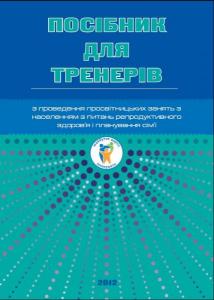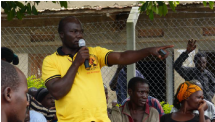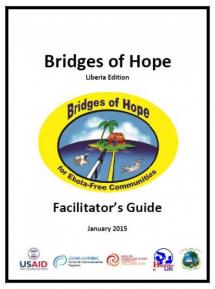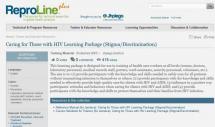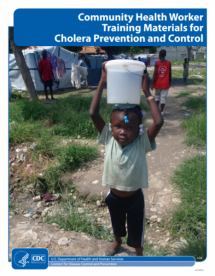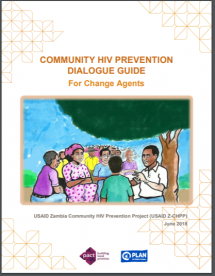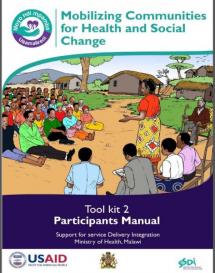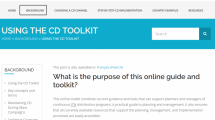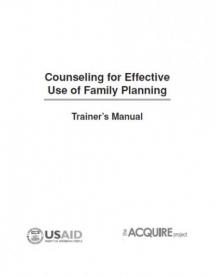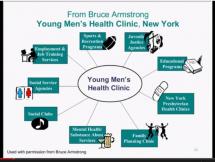BCC Manual for Trainers
This material is from the Healthy Women of Ukraine (HWUP) program. The goal of HWUP, which runs from 2011-2016, is to protect the reproductive health of Ukrainian women and couples by increasing the appropriate and effective use of modern methods of contraception as an alternative to unintended pregnancy and associated abortion. HWUP was a follow-on project to an earlier program, Together for Health, which ran from from 2006-2011.
This manual is intended for trainers who will conduct educational sessions for the general population on FP/RH issues.
Source: Healthy Women of Ukraine Program (HWUP)
Date of Publication: March 25, 2019
SIMILIAR RESOURCES
Tools
Examples
- The REPLACE Approach: Supporting Communities to End FGM
- Making Content Meaningful: A Guide to Adapting Existing Global Health Content for Different Audiences
- Healthy Timing and Spacing Of Pregnancy: A Trainer’s Reference Guide
- The HTSP Implementation Kit
- Orientation Programme on Adolescent Health for Health-Care Providers
- How-To Guide for a Social Network Diffusion Intervention to Overcome Social Barriers to Family Planning
- Men's Reproductive Health Curriculum
- HTSP Online Course
- Urban Adolescent Sexual and Reproductive Health SBCC I-Kit
- Small Group Facilitation for Young Married Women and First-time Parents in West Africa: Training for Facilitators

